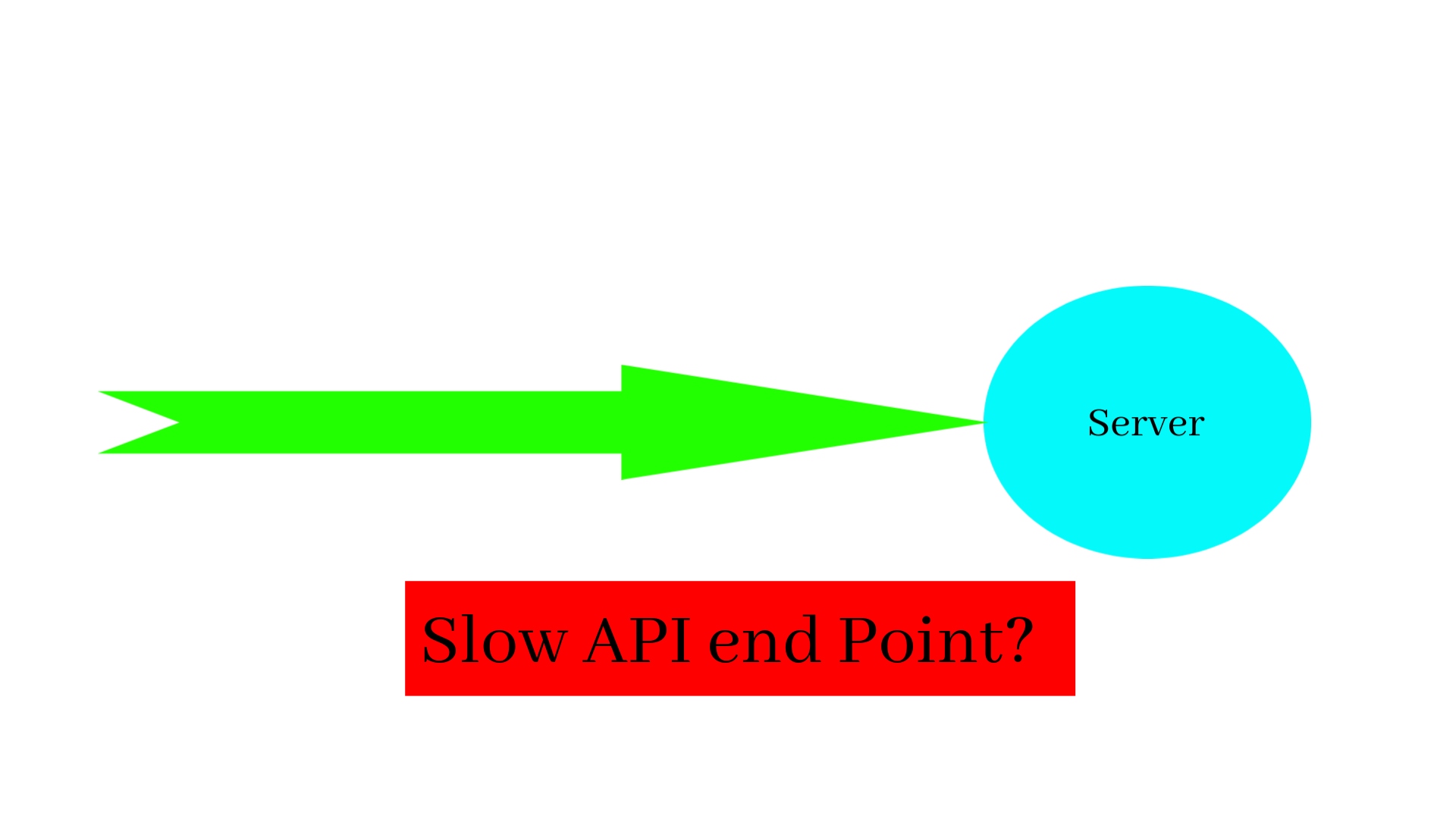Hacks to Transform Your Lagging API into a Speedster!
 Prakhar Parashari
Prakhar ParashariTable of contents

Are your APIs lagging?
In an era where digital interactions happen at the speed of thought, having a lightning-fast API is non-negotiable. In this blog, we delve into the latest and trendiest strategies to revitalize your API endpoints, bringing them up to speed with the demands of modern technology. Here are a few ways by which we can achieve fast API responses.
What can be done for performance optimization?
Code Optimization:
Algorithm and Data Structure Review: Ensure efficient algorithms and optimal data structures suited to the tasks.
Profiling: Identify performance bottlenecks using profiling tools to pinpoint areas for optimization.
Query Optimization: Optimize database queries for faster data retrieval.
Caching: Implement caching mechanisms (e.g., Redis, Memcached) to store frequently accessed data, reducing database calls.
Asynchronous Operations: Use asynchronous programming techniques to handle I/O-bound tasks without blocking the main thread.
Load Balancing:
Distribute incoming traffic across multiple servers using load balancing.
Consider horizontal scaling by adding more servers to handle increased load.
Caching:
Client-Side Caching: Store API responses locally on the client-side to avoid redundant requests.
Server-Side Caching: Cache frequently accessed data on the server to reduce database load.
CDN Caching: Leverage edge caching for static assets to improve response times globally.
API Design Optimization:
Endpoint Consolidation: Combine multiple endpoints serving similar purposes to reduce round trips.
Data Pagination: Break large datasets into smaller chunks to improve response times and reduce memory usage.
Content Negotiation: Allow clients to specify desired response formats (e.g., JSON, XML) to minimize payload size.
Third-Party API Optimization:
Alternative Providers: Explore alternative providers with better performance or cache responses locally.
Batching: Combine multiple requests into a single batch to reduce overhead.
Sharding:
- Sharding is another effective strategy that can be employed to enhance the performance of a slow API. Sharding involves horizontally partitioning data across multiple databases or servers, distributing the load, and enabling parallel processing.
In conclusion, the effectiveness of these strategies may vary depending on the specific characteristics of your API and its usage patterns. It's often beneficial to combine multiple approaches and continually monitor and adjust based on performance metrics and user feedback.
Subscribe to my newsletter
Read articles from Prakhar Parashari directly inside your inbox. Subscribe to the newsletter, and don't miss out.
Written by

Prakhar Parashari
Prakhar Parashari
👋 Hello, I'm Prakhar Parashari ! 🚀 Software Developer | Tech Enthusiast | Blogger 🌐 Exploring the fascinating world of code and technology, one blog post at a time. Join me on my journey as I share insights, tips, and tutorials on all things software development, web development, and beyond. 🔍 Let's connect, learn, and grow together in this ever-evolving tech landscape. Feel free to reach out, ask questions, or share your own tech experiences. I'm here to inspire and be inspired by the incredible Hashnode community! 📝 Check out my latest blog posts below ⬇️ and follow me to stay updated. Thanks for being a part of this exciting adventure! 🚀